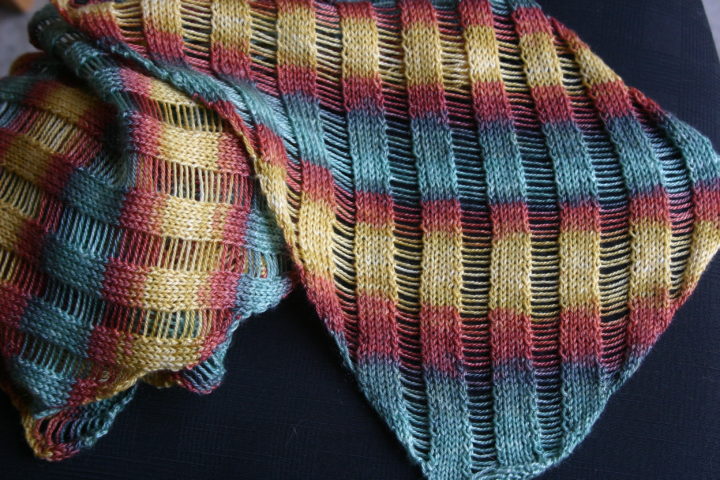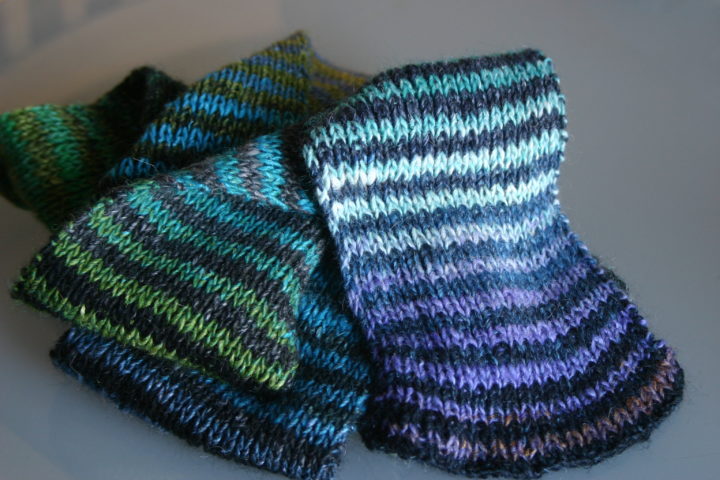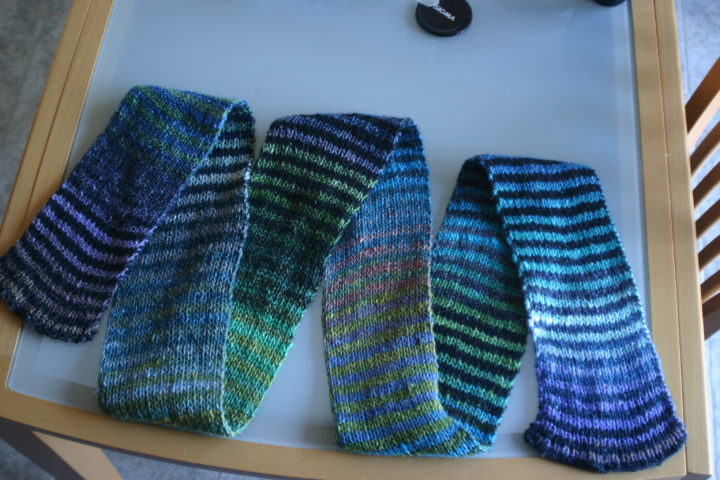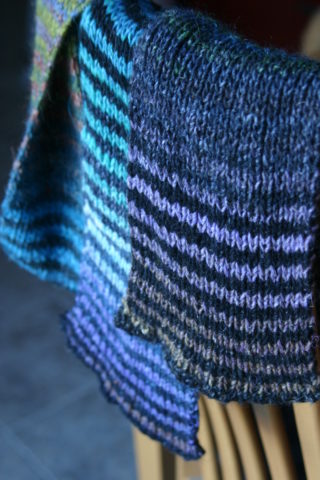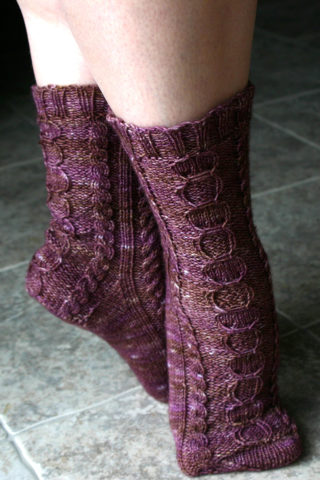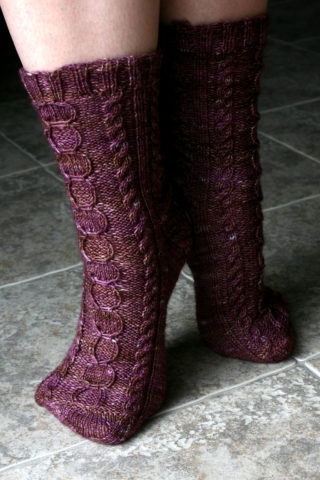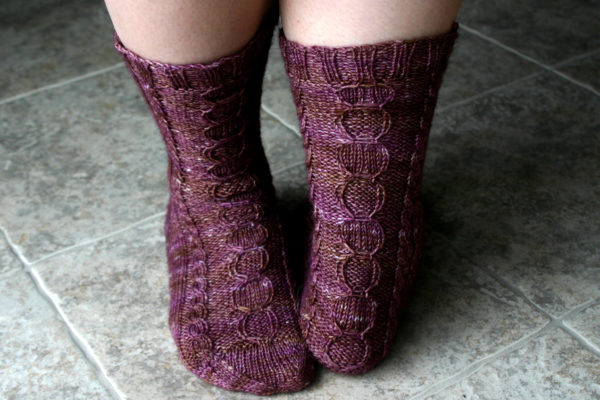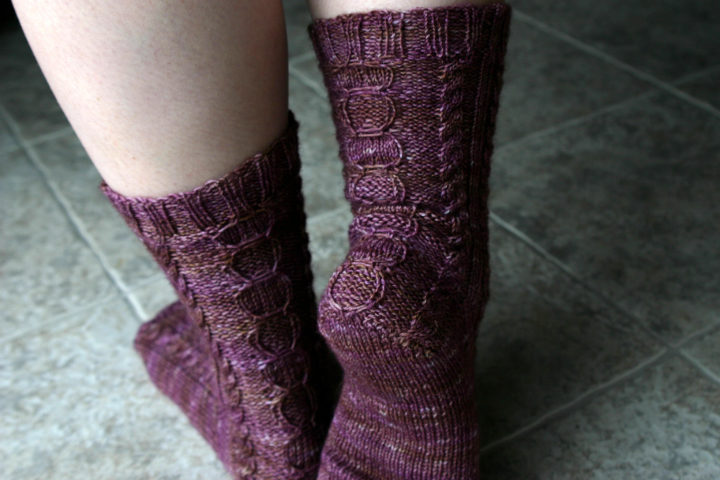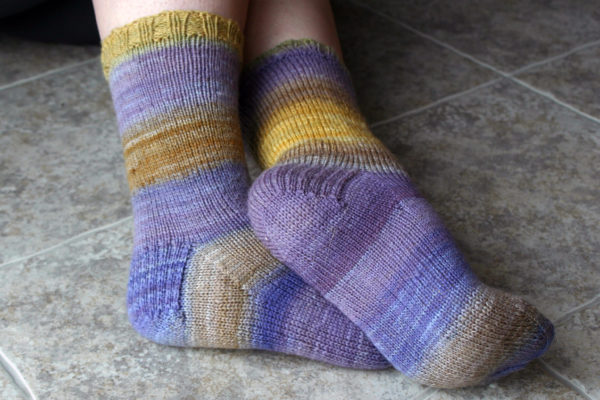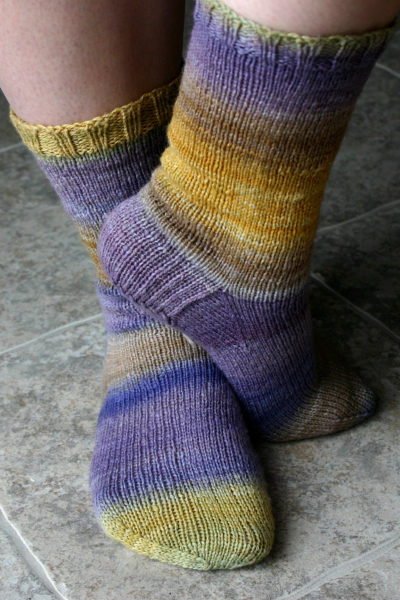It was a multiple brew day. Whew! For a little background, the husband started homebrewing a few years ago and I started a batch or two of mead this year. I was surprised and thrilled when my Agave Mead won 2nd place out of 31 entries in its category and things have taken off from there.
Every year, the homebrew club does a competition called the Iron Brewer based on the second runnings from a brew pub’s Barley Wine. Everyone starts with the same wort from the second runnings and adds only one pound of fermentables (steeping whatever you can dream up) and then in a few months, the brewers at the pub judge the entries. Last year, the husband was around and did the competition, but he isn’t in town for pick-up day this year, so I stepped up and said that we should do a team effort brew so that we can still take advantage of this awesome opportunity. Having tasted a really great Saison at the same local brew pub, I asked if we could do a Saison (French farmhouse ale) using the wort and the husband said it was possible. I went and picked up my bucket of wort (from 100% Weyermann Pilsner grain) and lugged it home today. I’ve never brewed beer before – just mead – so I’ve had a bit of help from the husband. He ground up the malt I brought home yesterday and even got a yeast starter ready for me as well as helped with directions so that I could do everything today while he’s out of town. I managed to lug the 5 gallons of wort up the stairs and fill the brew pot and get the pot on the stove without spilling anything. Steeped the malts, added the Sterling hops at boil and then the Saaz for the last 15 minutes, going by a recipe I had found online. Ran the wort chiller and got the temperature down, drained it into a carboy and pitched in the yeast. Everything went well and there were no disasters! Granted, I still don’t know much about brewing beer since I was mostly following directions, but it will be fun to see how it comes out (and have a finished product in less than three months!).
Since I had all the equipment out and ready to go, I figured I’d do a few other things since I had the time. There was a prickly pear agave mead and a mesquite honey mead that refused to clear (in well over 6 months), so I hit them both with a little sparkalloid and hopefully they’ll finally clear out. Then it was on to brew another batch of mead. This one is a modification of the last agave mead with less agave and a 1 liter container of passion fruit juice added. I was looking to add a little more acid and a little less sugar overall. It should work out well, but you just never know.
So, that’s it for today. I feel pretty productive! Hopefully I’ll be finishing up a pair of socks I’ve been test knitting and will have details of that coming up in the next post.













